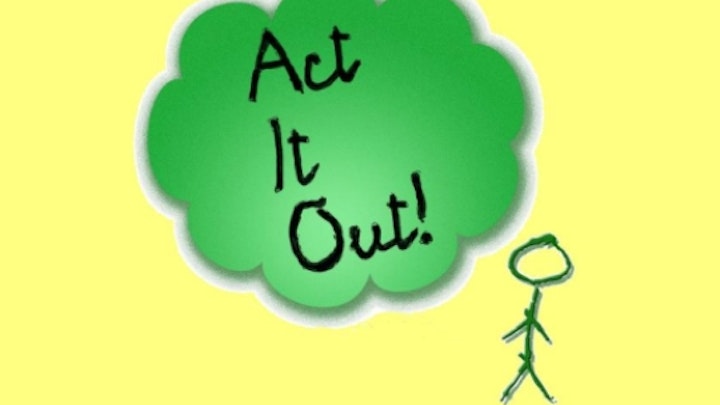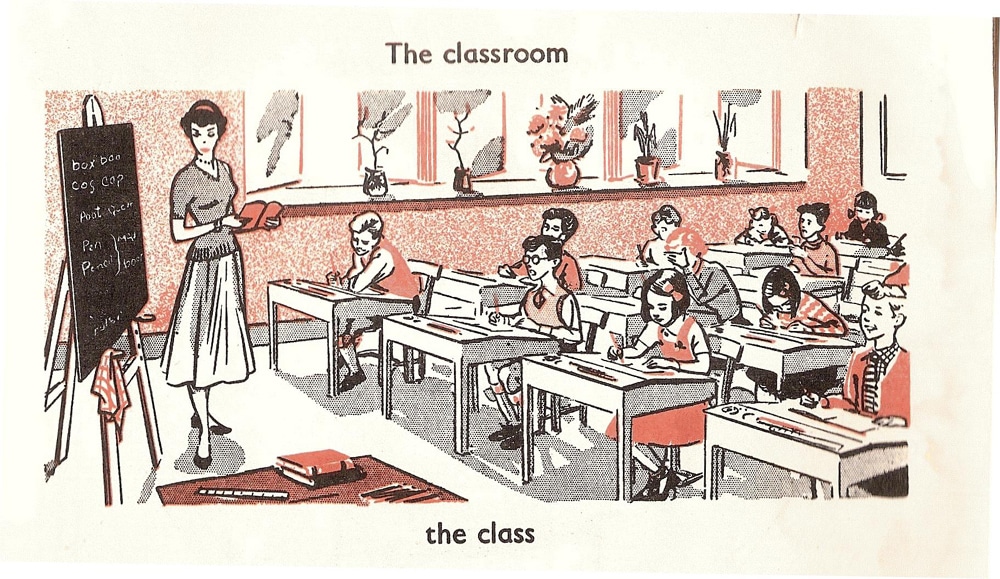 |
| (Source: https://elearningindustry.com/elearning-corrective-feedback-importance-approach ) |
When I thought deeply about it, I realized that its not enough that teacher always points out the mistakes of students, they should also demonstrate the student to correct himself so that he can keep that thing in mind and double check it while proof reading. I think just marking the correct does not help but explaining why it was marked incorrect and how to make it correct is what would help student learn and improve.
"The teacher should be selective when correcting mistakes."My answer to this question was True which is incorrect because I thought that all the errors should be corrected by the teacher to ensure student's improvement. However, I came to learn that purpose of correction should be taken into consideration. For example, if the students have completed their lesson on prepositions and teacher has given them an exercise to write few sentences using the learned prepositions. Now, if in those sentences, teacher should correct the mistakes related to prepositions but if a student is using articles incorrectly, teacher should not point that out. This is my understanding. I would love to hear your thoughts on this and please correct me if I am wrong.
We also assessed a writing sample and determined the grammatical needs. I really enjoyed this unit.
Reference:








